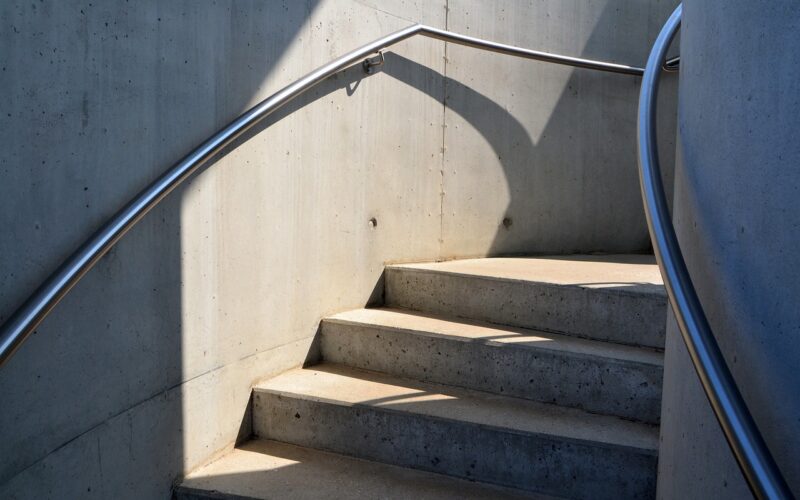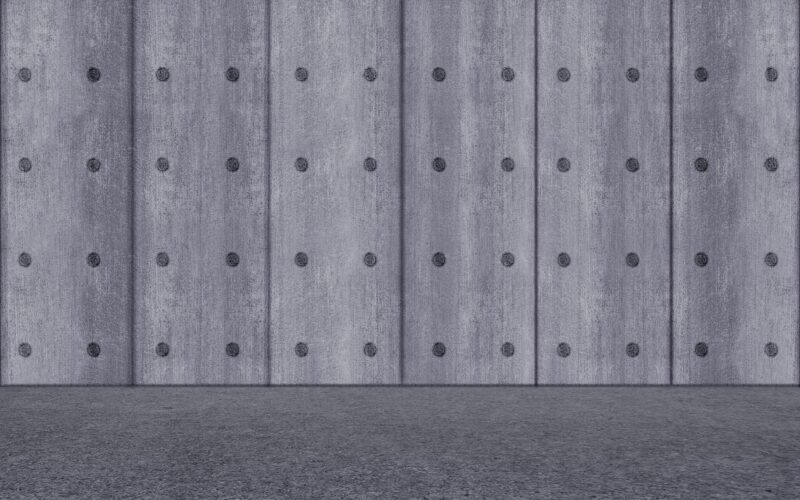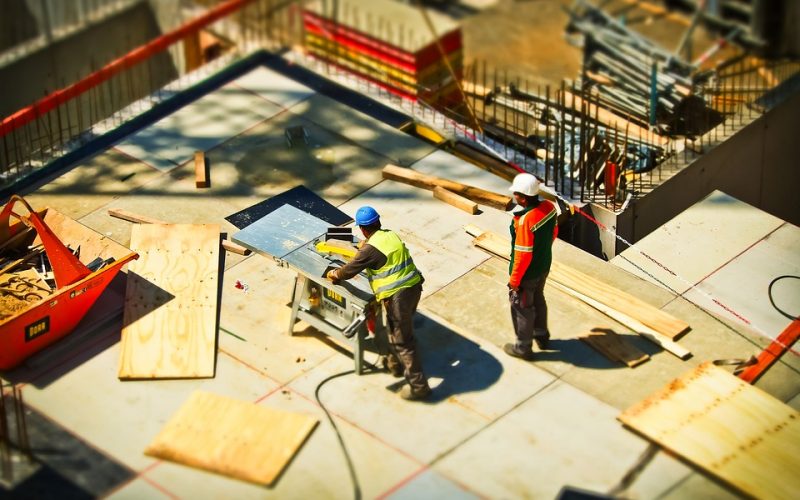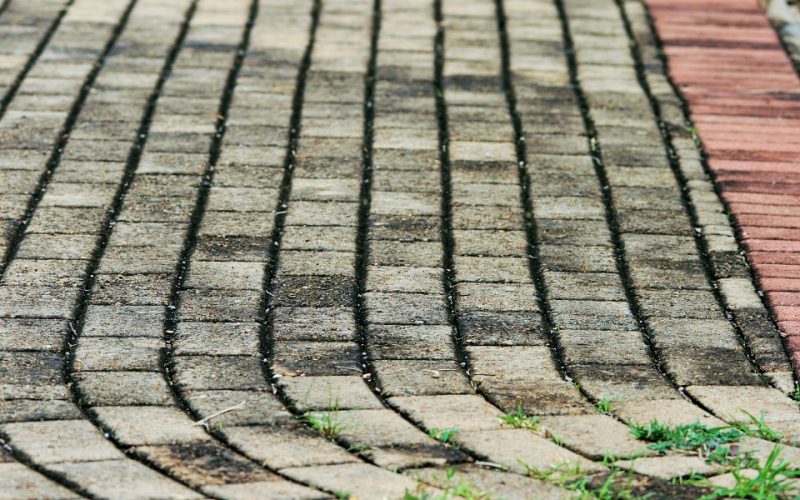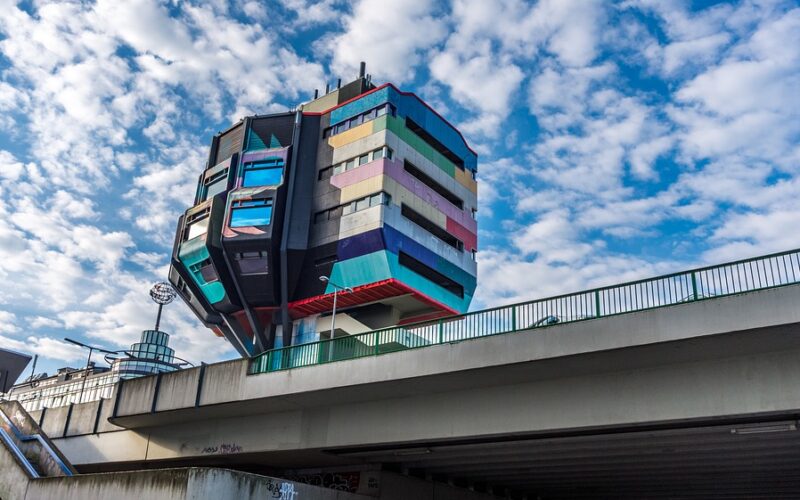Using RAC Concrete
Recycled Aggregate Concrete (RAC) is an innovative building material increasingly used in construction due to its environmental and economic benefits. By using recycled materials from demolished structures, RAC offers a sustainable alternative to traditional concrete. However, like any material, it comes with both advantages and drawbacks.
The benefits of sustainability
One of the primary advantages of RAC is its sustainability. By recycling concrete debris from old structures, RAC reduces the need for virgin aggregates, which in turn decreases the environmental impact associated with quarrying and transportation. This recycling process also helps in managing construction waste, reducing the amount of debris that ends up in landfills. In an era where sustainability is becoming increasingly important, RAC offers a responsible choice for eco-conscious builders and developers.
Cost savings
Another significant benefit of using RAC concrete is the potential for cost savings. Since recycled aggregates are typically cheaper than newly quarried materials, using RAC can reduce the overall cost of construction. Additionally, the use of local recycled materials can cut down on transportation expenses. These cost savings make RAC an attractive option for budget-conscious projects without compromising on quality.
Structural integrity
Despite the benefits, there are concerns about the structural integrity of RAC concrete. Some studies suggest that RAC may have slightly lower strength compared to conventional concrete. This is due to the presence of residual cement paste on the surface of recycled aggregates, which can affect the bonding and overall durability of the concrete. However, advancements in technology and mixing techniques are continually improving the strength and performance of RAC, making it more comparable to traditional concrete in many applications.
Performance variability
Another challenge with RAC is the variability in performance. The quality of recycled aggregates can differ significantly depending on the source material and the recycling process used. This variability can lead to inconsistencies in the final product, potentially affecting the structural performance and longevity of the concrete. To mitigate this issue, it is crucial to conduct thorough quality control and testing of recycled aggregates before using them in RAC production.
Environmental regulations and standards
The use of RAC concrete is subject to various environmental regulations and standards, which can be both an advantage and a disadvantage. On one hand, adhering to these standards ensures that RAC is produced and used in an environmentally responsible manner. On the other hand, complying with these regulations can add complexity and cost to the construction process. Builders and developers must stay informed about the latest regulations and best practices to ensure that their use of RAC meets all necessary requirements.
Future outlook
The future of RAC concrete looks promising as technology and industry practices continue to evolve. With ongoing research and development, the performance and reliability of RAC are expected to improve, making it an even more viable alternative to traditional concrete. Furthermore, as sustainability becomes a more pressing concern for the construction industry, the demand for eco-friendly building materials like RAC is likely to increase. By adopting RAC, builders can contribute to a more sustainable future while still meeting their construction needs.
RAC concrete offers numerous benefits, including sustainability and cost savings, but it also presents challenges related to structural integrity and performance variability. By understanding these pros and cons, builders and developers can make informed decisions about whether RAC is the right choice for their projects. With continued advancements and adherence to environmental standards, RAC has the potential to play a significant role in the future of sustainable construction.


